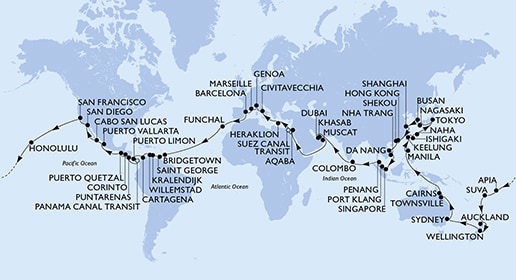
Port Manila (Philippines)
Manila in the Philippines has become a significant hub for cruise ships in recent years. The city's port, with its state-of-the-art terminal facilities, has become an attractive docking point for many international cruise lines. The increase in cruise ship arrivals has greatly boosted tourism in the country, contributing significantly to the local economy.
Activities on these cruise ships are varied and exciting. They offer world-class dining experiences, entertainment options, and wellness amenities to their guests. On land, passengers have the opportunity to explore Manila's rich history and vibrant culture. The city's historic sites, shopping destinations, and local cuisine are some of the highlights of these cruise ship excursions.
History
The history of the Port of Manila, located in the capital city of the Philippines, dates back to the 16th century. It was originally established by Spanish conquistador, Miguel López de Legazpi, and has since become one of the busiest ports in the world. For centuries, the port served as a key hub for the trans-Pacific galleon trade between Manila and Acapulco, Mexico.
In the 19th century, the Port of Manila underwent significant modernization under Spanish rule. However, it suffered substantial damage during World War II when it was heavily bombed by the Allies. Following the war, the port underwent a significant reconstruction effort and was gradually expanded. Today, it serves as a vital gateway for international trade and commerce in the Philippines with its three terminal facilities: Manila North Harbor, Manila South Harbor, and the Manila International Container Terminal.






